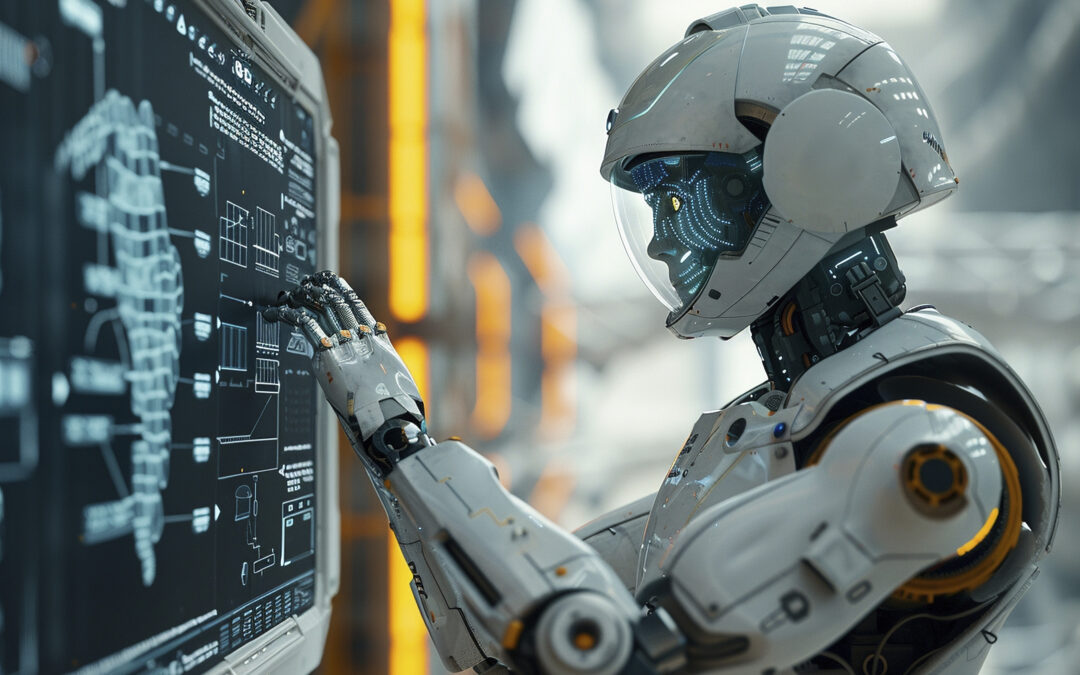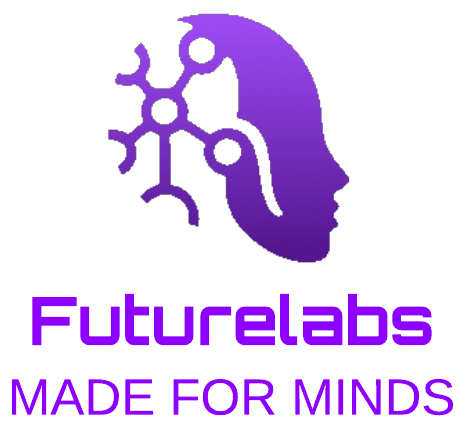
OPTIMUS, Musk’s Next Promise
The speech in which Musk boasts about his robots highlights the concerning “design problem” we humans have.
Elon Musk claims that the Optimus robots being developed by Tesla will be able to help you with “taking care of your children, walking the dog, or mowing the lawn.”
The robots were initially intended to replace us in the most laborious and dangerous jobs. Now, they are being designed to replace us in our most human aspects. This shift is not only interesting, but it also raises a set of questions and, of course, opens the door to a number of real-life situations, such as the issues of loneliness and the nearly global aging of the population. Until now, we mainly worried about automation and the fears – simplifying it, of course – of labor being replaced by robots, which was compounded by the growing concern about the rise of artificial intelligence applied even to everyday objects. Musk is opening the conceptual and commercial door for intelligent household and companion robots. And this is not a threat, it’s a certainty that must be addressed, because one of Musk’s traits is that he relentlessly pursues whatever he starts.
Last week, Tesla held its much-anticipated “We, Robot” event, where the electric vehicle company disappointed analysts despite announcing its awaited robotaxi — without steering wheels or pedals — and its new van, the Tesla Robovan (although a Chinese model already carries the same name).
Of course, several Optimus robots also paraded around the event, danced a bit, and pretended to serve drinks to the audience — in reality, they only dared to hold a glass of ice — while Musk continued to prophesy a future closer than you think, in which these android devices will become part of your routine.
In recent months, the CEO and founder of Tesla, and owner of platforms like X (formerly Twitter) and companies like SpaceX, has been insisting that these Tesla Optimus robots could begin to be manufactured as soon as next year.
At the end of last year, the second generation of Optimus was revealed — now they’re on their third — and among the advancements were, of course, dancing, doing squats, and boiling an egg. Earlier this year, it started to be written that perhaps Musk’s enthusiasm could be unjustified. Nevertheless, it is expected that the Optimus will start working in Tesla factories in 2025.
It doesn’t matter. Musk emphasized again at last week’s event that Tesla’s androids will soon be in every home to take on a multitude of tasks. After all, the purpose of this machine is to alleviate labor shortages. This is where the concern arises. What labor?
When the robots made their appearance during the Tesla event in Los Angeles, Musk, in his usual calm tone, began to joke: “You’ll be able to have your own personal R2-D2 or C-3PO. At scale, they could cost between $20,000 or $30,000.”
“They’ll be able to do everything you want. Be a teacher, take care of your kids, walk your dog, mow your lawn, do the shopping… be your friend.”
The design problem humans face when developing technology
When, decades ago, science fiction offered more than just dystopian works – and even utopias were written – the idea of an assistant robot was appealing. But this was all set in a society where the first robots were born to replace humans in the more laborious, toxic, or dangerous jobs.
What has happened in all these years for a magnate to suggest with complete normality and nonchalance the possibility that the first commercial android robots will serve to take care of a child or walk a dog?
It is probably something similar to what is seen daily in certain ethical debates around technologies like generative artificial intelligence.
New technical developments, instead of being put at the service of industrial optimization, are now being offered as a household appliance that will make our lives easier. How? By replacing humans in the most human dimensions possible.
The example of generative AI is clear. Of the many possibilities it offers, one that is making the most impact is replacing actors, designers, illustrators, and even photographers – professions intimately connected to a very human dimension: creativity.
What is happening in robotics? The same thing. And it’s not just seen in Elon Musk’s promises.
Aurora Gómez from Corio Psychology explained this in a report published on this site a little over a year ago. The article was about the risks of falling into the error of thinking that an artificial intelligence model was expressing some kind of emotion.
The psychologist explained to Business Insider Spain what pareidolia is: the phenomenon by which humans tend to imagine faces even in inanimate objects. Surely, you’ve once thought that a microwave, a faucet, or even the clouds were forming a face. It’s quite common. “It even happens with animals to some extent.”
The tech industry is also well aware of this human capacity to develop empathy toward objects or animals and takes it into account when designing robotic systems. A sinister robotic arm in a car factory doesn’t evoke tenderness. It’s not endearing.
A robot designed to accompany elderly people, on the other hand, does: the team designing it will ensure that it has a kind face, even if only through a screen.
This is happening now in gerontechnology, a branch of technological development focused on creating solutions for the care of the elderly.
“They’re using our ability to feel emotion to design robots in gerontechnology, the machines used for the elderly,” warned Aurora Gómez. “Robots are being designed that are supposed to be used for elderly people because they will need to cover part of their loneliness. That’s scary.”
Gómez herself emphasized that the fact that people are thinking about “how to address the need that loneliness creates” in older adults and the proposal is to cover it “with robots” is “a design flaw we have as humans.”
Above all, because the care and company of the elderly should not be entrusted to a robot. The robot should exist so that humans can work fewer hours and, as a result, take better care of their surroundings. In a way, Gómez’s proposal carries a strong flavor of preconceived notions. In fact, when we observe highly aging societies with extremely high rates of loneliness – with all the consequences that entails – rejecting or questioning the possibility of having these types of robotic assistants, equipped with artificial intelligence, is somewhat reckless. Conceptually, this is something that must arrive, and it doesn’t necessarily have to be viewed with the determinism of the disappearance of human assistance. Like any “borderline” issue, it promises an extraordinary debate and, by the way, although many resist it, the installation of a trend in which no regression is expected. Moreover, within this debate and proposed actions, ethical issues and legal regulation cannot and should not be ignored. Ultimately, we must take care of what Musk promises that his Optimus robots will care for: our elders, children, pets, and lawns.
Translation from English, Future LAB team.
With comments from Dr. Ricardo Petrissans (italic).
